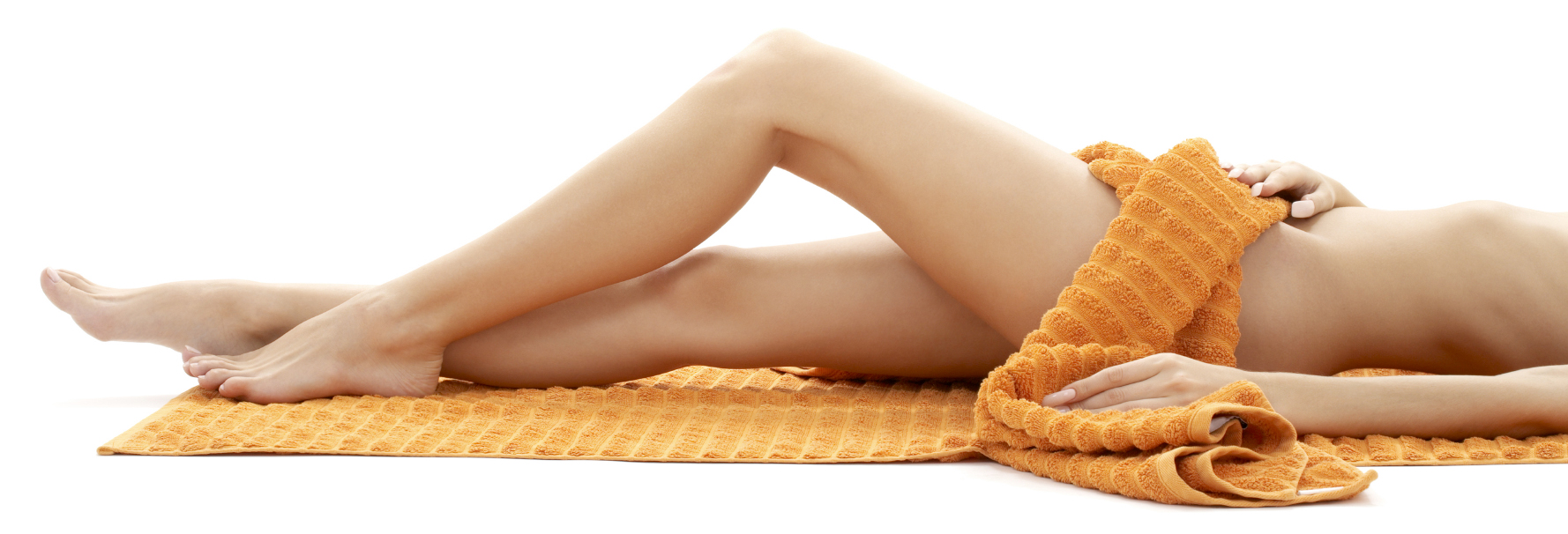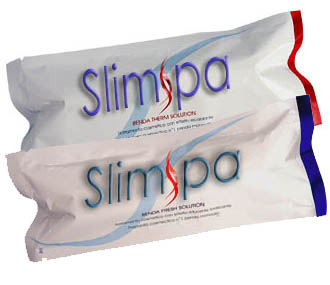New Year SALE! BUY MORE. SAVE MORE. Up to 20% OFF & FREE SHIPPING*
Unveiling the Secrets of Cellulite: A Professional’s Guide to Customized Care
1. What is Cellulite?
Before exploring the various types and grades of cellulite, let’s define it. Cellulite is a subcutaneous tissue alteration where fat accumulation leads to that characteristic orange peel appearance. It predominantly affects women and is usually found on legs, buttocks, abdomen, and arms.
2. Types of Cellulite
Classifying cellulite into types helps us understand its characteristics and causes:
Soft Cellulite: Marked by a flabby appearance, it’s common in individuals with fluctuating weight or low muscle tone and is more visible when sitting or pinching the skin.
Hard or Compact Cellulite: Often found in younger, active people, this type feels firm and is tightly attached to muscles.
Edematous Cellulite: This less common variety is linked to fluid retention and edema, causing pain and a swollen skin appearance.
3. Grades of Cellulite
Determining the cellulite grade is crucial for choosing the right treatment:
Grade 1: No visible signs at rest, only when pinching the skin.
Grade 2: Orange peel texture is visible when standing but not when lying down.
Grade 3: The orange peel look is apparent regardless of the person’s position.
Grade 4: Cellulite is constantly visible, accompanied by nodules and pain.
4. Identification and Diagnosis
A thorough assessment including visual inspection, palpation, and the client’s medical history is vital for identifying the cellulite type and grade, guiding the selection of the most appropriate treatment.
5. Non-Invasive Treatments
A variety of non-invasive treatments can be applied in your spa:
For Soft Cellulite:
-Radiofrequency: Enhances skin firmness by stimulating collagen production, ideal for addressing the laxity associated with soft cellulite.
-Anticellulite Massages: Boost circulation and aid in breaking down fat accumulations.
-Toning Exercises: While not an aesthetic treatment per se, incorporating a muscle toning exercise regimen can be beneficial alongside other treatments.
For Hard or Compact Cellulite:
-Cavitation: Uses low-frequency ultrasound to break down fat deposits, highly effective for compact cellulite.
-Cryolipolysis: Suitable for reducing localized fat, even in areas with hard cellulite.
-Deep Anticellulite Massages: Can help loosen the tight tissue and improve circulation in the affected areas.
For Edematous Cellulite:
-Manual Lymphatic Drainage: Essential for stimulating the lymphatic system, helping to reduce fluid retention and inflammation.
-Pressotherapy: Improves circulation and reduces fluid retention, complementing lymphatic drainage.
-Electrotherapy: Can enhance circulation and decrease fluid retention.
According to the Grade of Cellulite:
Grade 1:Preventive Treatments: Firming creams, gentle massages, and lymphatic drainage can be sufficient.
Grade 2:Radiofrequency and Cavitation: To improve skin texture and diminish the appearance of cellulite.
Grade 3:Combination of Treatments: Anticellulite massages, radiofrequency, cavitation, and sometimes mesotherapy (injections that break down fat) might be necessary.
Grade 4:Intensive Treatments: Could include all the above methods, plus considering more advanced therapies like carboxytherapy or laser lipolysis, always following professional evaluation and monitoring.
Showing 1–12 of 32 resultsSorted by latest
- After-Holiday Body Sculpting, Anti-Cellulite, Body Wraping, Mask & Patches, Modeling and Lose Inches, Sales of the Month, Skin Firming, Starter Kits
Peel-Off BODY MASK Kit
Original price was: $181.50.$145.00Current price is: $145.00. - After-Holiday Body Sculpting, Anti-Cellulite, Body Massage & Oils, Creams & Gels, Massage, Modeling and Lose Inches, Products, Professional Kits & Specials, Sales of the Month, Skin Firming
Slim & Firm Combo 32 oz.
Original price was: $88.00.$70.40Current price is: $70.40. - After-Holiday Body Sculpting, Anti-Cellulite, Body, Body Massage & Oils, Caffeine Products, Coffeetherapy, Massage, Professional Kits & Specials, Sales of the Month
The Ultimate Anti-Cellulite Oil Combo (2 x 64oz)
Original price was: $54.00.$43.20Current price is: $43.20. - After-Holiday Body Sculpting, Anti-Cellulite, Best Sellers, Body Massage & Oils, Creams & Gels, Massage, Modeling and Lose Inches, Products, Professional Kits & Specials, Retail-Home Use Products, Sales of the Month, Skin Firming
Firm & Slim Combo 8 oz.
Original price was: $27.00.$21.60Current price is: $21.60. - After-Holiday Body Sculpting, Anti-Cellulite, Body, Body Contouring Specialist, Body Wraping, Caffeine Products, Creams & Gels, Modeling and Lose Inches, Products, Professional Kits & Specials, Sales of the Month, Seaweed-Algae Products, Stretch Marks (Striae)
Seaweed & Sculpting Duo (Combo)
Original price was: $88.00.$70.40Current price is: $70.40. - After-Holiday Body Sculpting, Anti-Cellulite, Body, Body Treatments, Buttocks Treatment, Caffeine Products, Cavitation & RF Products, Creams & Gels, Modeling and Lose Inches, Professional Kits & Specials, Sales of the Month, Scrubs
Anti-Cellulite One-Two Combo 32oz
Original price was: $88.00.$70.40Current price is: $70.40. - After-Holiday Body Sculpting, Anti-Cellulite, Body, Body Wraping, Creams & Gels, Hot & Cold Gel Kit, Hot & Cold Products, Modeling and Lose Inches, Products, Professional Kits & Specials, Retail-Home Use Products, Sales of the Month, Skin Firming
Cool Heat Duo ( Combo) 16oz.
Original price was: $33.00.$26.40Current price is: $26.40. - After-Holiday Body Sculpting, Anti Age / Anti Wrinkles / Lifting, Anti-Cellulite, Best Sellers, Body, Body Contouring Specialist, Caffeine Products, Cavitation & RF Products, Creams & Gels, Facial Treatments, Modeling and Lose Inches, Neck & Double Chin, Products, Sales of the Month, Skin Firming
Cavitation & Radiofrequency RF (COMBO) Gel 32 oz
Original price was: $88.00.$70.40Current price is: $70.40. - Products, After-Holiday Body Sculpting, Sales of the Month, Body, Body Wraping, Ready To Wrap Bandages, Hot & Cold Products, Professional Kits & Specials, Anti-Cellulite, Modeling and Lose Inches, Skin Firming, Body Contouring Specialist
Ready-to-Wrap Pack: 8 COLD Bandages + 8 HOT Bandages
Original price was: $144.00.$115.20Current price is: $115.20. - After-Holiday Body Sculpting, Anti-Cellulite, Body, Body Contouring Specialist, Body Equipment, Hot & Cold Gel Kit, Modeling and Lose Inches, Post-Surgery, Professional Kits & Specials, Sales of the Month, Skin Firming, Super Body Wrap Kit, Weight Loss Kit
NEW Body Contouring KIT with Professional Infrared Thermal Blanket
Original price was: $697.95.$558.36Current price is: $558.36.

















